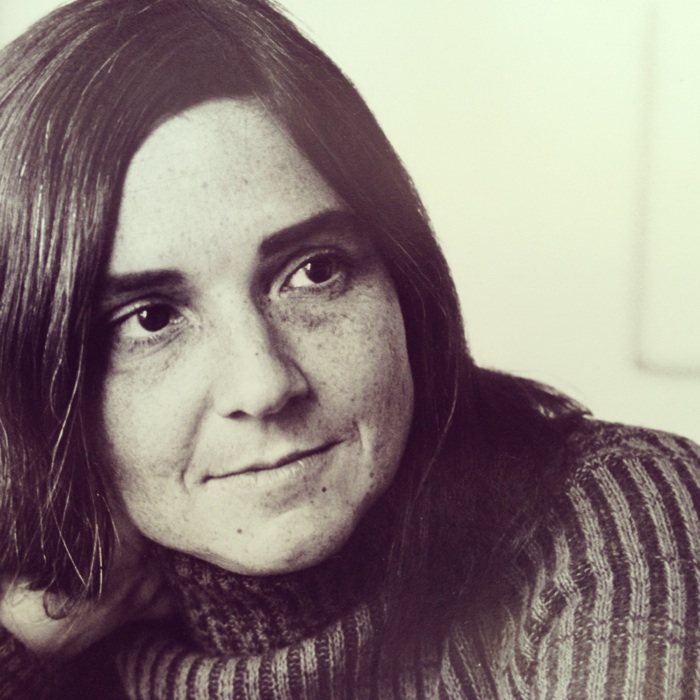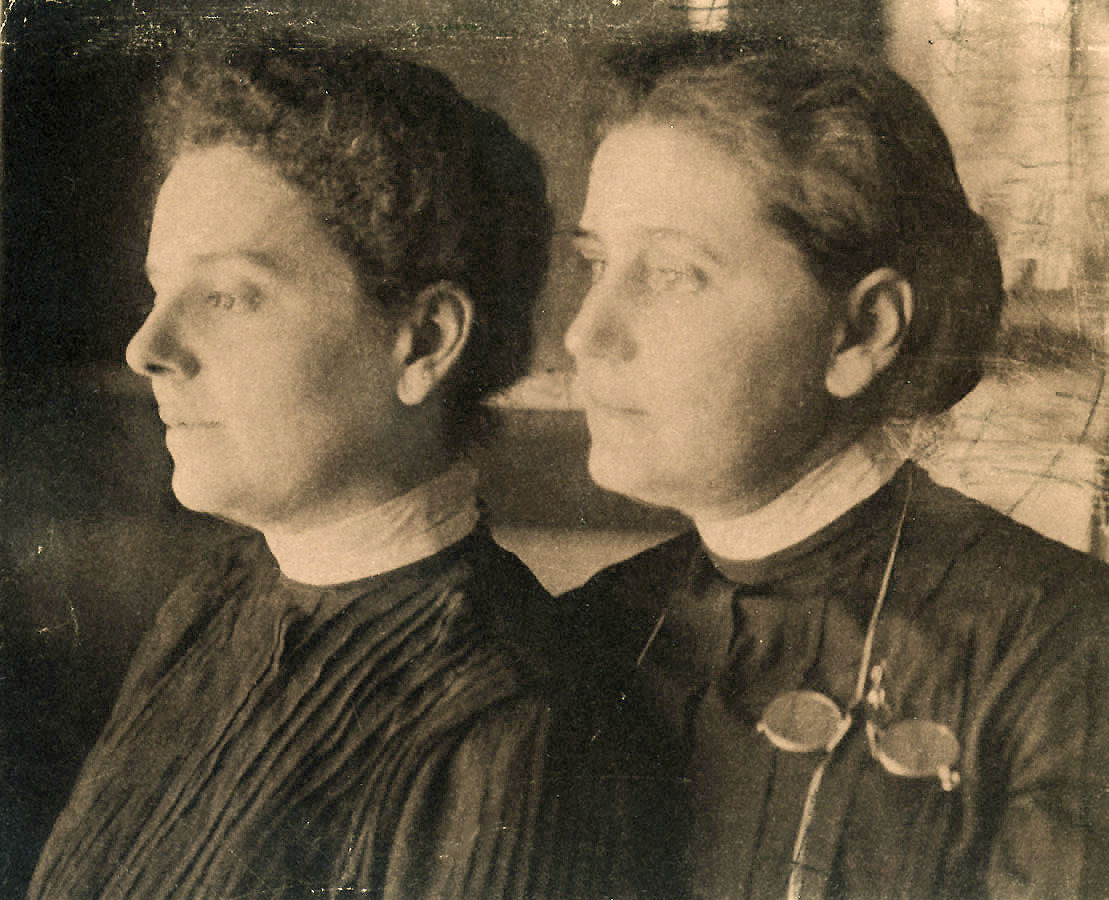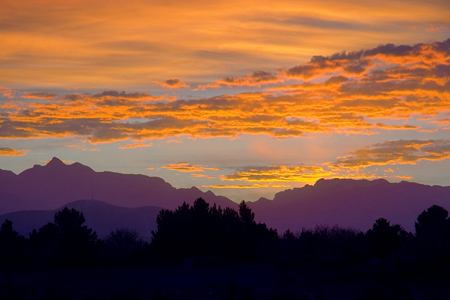This summer, I've gotten interested in lesbian history. More than that: I've gotten interested in how much I haven't been told, in how so much of the "official" history has erased or edited out lesbian lives. In Naropa's Allen Ginsberg Library, I found Joan Nestle's book,
A Restricted Country, which is part memoir of becoming and being a lesbian in the 1940s and on, part fiction about lesbian lives, and part essay. In one of Nestle's essays, I discovered she was instrumental in opening the Lesbian HERstory Archives in Brooklyn. What? There's a
Lesbian HERstory Archives?
I kept reading. On the same shelf with Nestle's book, I found Lillian Faderman's
Surpassing the Love of Men: Romantic Friendship and Love Between Women from the Renaissance to the Present. This history tome examines primary source documents like diaries and letters to demonstrate that women have desired and achieved relationships with other women for centuries. In the chapters about the American suffragette movement, I realized how much had been left out of my education. Susan B. Anthony, Elizabeth Blackwell, Carrie Catt, Jane Addams -- their correspondence and others' confirm committed relationships between these powerful women and other women. For many of these women, these partnerships lasted for decades, into their old age.
Currently, I'm reading Faderman's
To Believe in Women: What Lesbians Have Done for America. In well-researched chapters, the historian seeks to demonstrate the ways in which lesbian life -- and the freedom from what Adrienne Rich called "compulsory heterosexuality" -- empowered women in various eras to work toward social change. Women in the late 19th century even lived openly in their relationships with other women (not termed "lesbian" yet, but more often "romantic friendship" or "Boston marriage"). It wasn't until psychoanalysis and the cultural phenomenon of the "feminine mystique" gripped America in the 1940s and 50s that lesbianism became labeled as "sexual inversion". Our foremothers simply knew their love for other women as a different way to be in the world -- for many of them, it was a way that comforted and supported them as they pursued difficult social reform and otherwise lonely lives.
I'm 37, and I'm learning nearly all of this lesbian HERstory for the first time. When I came out in 2005, I searched wildly for stories similar to mine. I found whispers in Emily Dickinson's letters to her sister-in-law, in Eleanor Roosevelt's correspondence with Lorena Hicks, in the relationship between Annie Liebowitz and Susan Sontag. I found books like
Living Two Lives: Married to a Man but in Love with a Woman. I wish I'd found Faderman's books. Nestle's book would have frightened me -- I wasn't ready to hear about the difficulties yet, the legal battles, the discrimination. But I desperately needed to know that I was not the only woman in the world who had fallen in love with another woman.
Once, when I was in 7th grade, my social studies teacher put us in small groups and asked us to write, design and perform a skit that would make one of the 19th century reform movements come alive. My small group -- all girls -- chose the suffragette movement. One girl was Carrie Nation (the hatchet-wielding temperance fighter), one girl was Sojourner Truth, and I was Susan B. Anthony.
No encyclopedia entry I read to prepare for the skit told me Susan B. was a lesbian. But she was.
Was Alice Paul, the suffragette who helped push through the 19th Amendment, a lesbian, too? The film
Iron-Jawed Angels, which I love, seems to seek to deny any rumor that Paul had lesbian relationships, giving Hillary Swank fantasies about a certain young man. Does it matter whether Alice Paul was a lesbian, or does it only matter what she did for women? Film-maker Paul Barnes defended his omission of Susan B. Anthony's lesbian relationships in his film "Not for Ourselves Alone" by explaining, "
we did not have the time to explore this part of her life."
But I know this: we do ourselves and our children and their children no favors if we cover truth, mask truth, twist truth. How do we dig deeply enough? How do we ask the right questions? More and more, I understand that my
sole job as a middle school social studies teacher is to push my students to uncover what has not been told, what is missing.
As a lesbian, my job may be to be a carrier of the lesbian HERstory torch, to keep unearthing stories, to tell and tell their names so that no one forgets.
We must make the time to keep learning -- and telling -- these stories.




